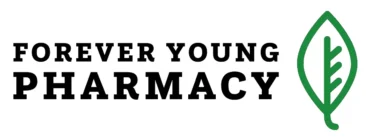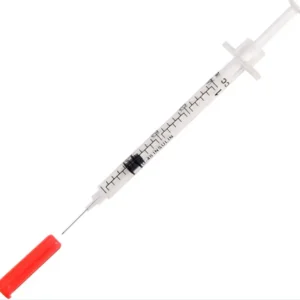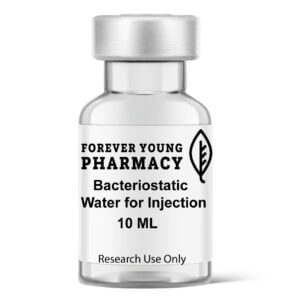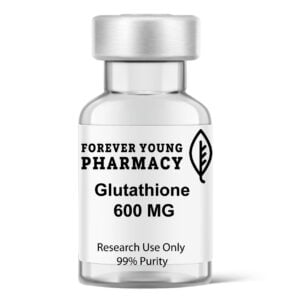Introduction to Epithalon
Epithalon, also known as Epitalon or Epithalone, is a synthetic tetrapeptide consisting of four amino acids: alanine, glutamic acid, aspartic acid, and glycine. It is modeled after Epithalamin, a natural polypeptide extracted from the pineal gland. Developed by Russian scientist Professor Vladimir Khavinson, Epithalon has been studied for over 35 years, primarily at the St. Petersburg Institute of Bioregulation and Gerontology, for its potential to combat aging. Its primary claim to fame is its ability to stimulate telomerase production, an enzyme that maintains telomeres—the protective ends of chromosomes that shorten with age. This has positioned Epithalon as a peptide of interest in anti-aging research, with additional exploration into its effects on sleep, immunity, and overall health.
Though widely discussed for its therapeutic potential, Epithalon remains a research compound and is not approved by regulatory agencies like the FDA for medical or cosmetic use. Its application is mostly confined to scientific studies and clinical trials.
Key Research Areas
The following points summarize the areas in which Epithalon has been evaluated in laboratory and preclinical settings:
Telomere Length Maintenance
Melatonin Secretion Pathways
Cellular Senescence and Replication
Immune System Peptide Signaling
Oxidative Stress Response Models
Note: These studies are preliminary and conducted primarily in vitro or in animal models. No claims are made regarding efficacy in humans.
Certificate of Analysis
The following technical details outline the properties of Epithalon, providing a scientific snapshot of the peptide.
Property | Description |
|---|---|
Chemical Sequence | Ala-Glu-Asp-Gly |
CAS Number | 307297-39-8 |
Molecular Formula | C14H22N4O9 |
Molecular Weight | 390.35 g/mol |
Appearance | White Lyophilized Powder |









